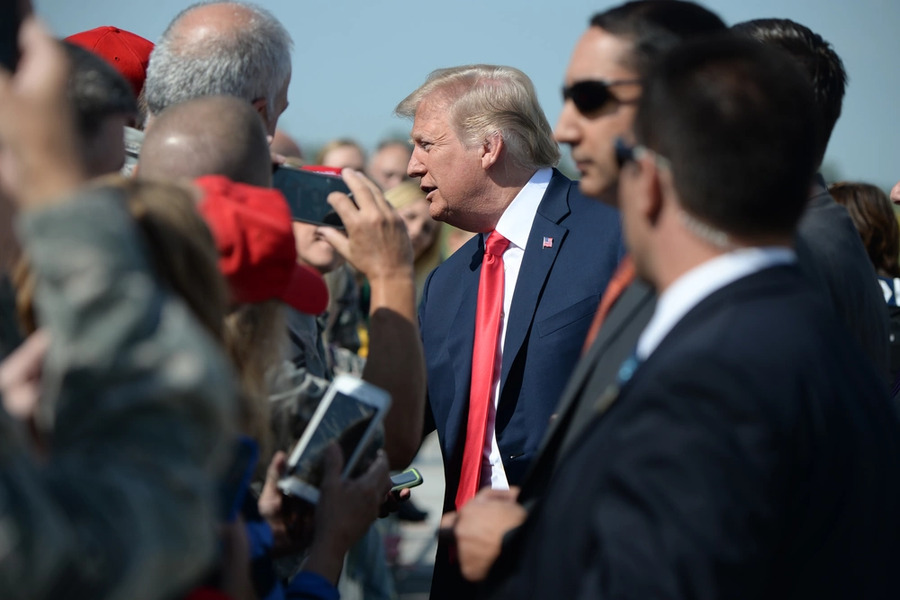Klaidman Post #2: On Leaks and Officialdom
Jack has already posted, while I was in transit, Dan Klaidman's account of the White House's sponsoring of leaks in connection with the Baitullah Mehsud drone strike. The full account reads as follows:
When they finally took Mehsud out in August 2009, [White House Chief of Staff Rahm] Emanuel celebrated. He had a hawkish side to him, having volunteered with the Israeli Defense Forces as a civilian during the 1991 Gulf War.
Published by The Lawfare Institute
in Cooperation With

Jack has already posted, while I was in transit, Dan Klaidman's account of the White House's sponsoring of leaks in connection with the Baitullah Mehsud drone strike. The full account reads as follows:
When they finally took Mehsud out in August 2009, [White House Chief of Staff Rahm] Emanuel celebrated. He had a hawkish side to him, having volunteered with the Israeli Defense Forces as a civilian during the 1991 Gulf War. But above all, Emanuel recognized that the muscular attacks could have a huge political upside for Obama, insulating him against charges that he was weak on terror. "Rahm was transactional about these operational issues," recalled a senior Pentagon official. "He always wanted to know 'how's this going to help my guy,' the president." Though the program was covert, Emanuel pushed the CIA to publicize its covert successes. When Mehsud was killed, agency public affairs officers anonymously trumpeted their triumph, leaking colorful tidbits to trusted reporters on the intelligence beat. Newspapers described the hit in cinematic detail, including the fact that Mehsud was blown up on the roof of his father-in-law's compound while his wife was massaging his legs. (emphasis added)This is entirely unsurprising. As Jack says, it reflects an attitude and behavior in the context of the drones program that has been obvious for some time. Indeed, in my experience, most of what people call national security "leaks" are really decisions by high-level players--acting in an authorized or at-least tolerated fashion--to fight bureaucratic battles in the press or to engage in messaging on behalf of their agencies or, indeed, the administration as a whole. This is true of the Obama administration, as the drones debate highlights most vividly. But it is also true of all administrations. So we should not act "shocked! shocked!" to learn that there is a traditional, if informal, exception to the classification rules operating for official disclosures for which senior official don't want accountability. There always is. To be clear, I do not mean this point as a defense of the Obama administration; rather, I mean it as an indictment of standard practice--of having a classification system that does not bind officialdom, even as it does bind the workaday functionaries who make up the national security bureaucracy. One of the interesting things about Klaidman's book in this regard is that his sources are often very obvious, though he of course names them only when they give specific on-the-record quotations. Because he often describes people's states of mind, the emotional backgrounds of decisions, and how they felt about their interactions with one another, his book--like Bob Woodward's books--is a good window in into this type of "leaking." To cite an example almost at random, what are we to make of it when Klaidman writes that State Department legal adviser Harold "Koh took in the video conference with morbid fascination," having been "awed by McRaven's crisp efficiency"? "What a contrast, he thought, to the meandering academic meetings at Yale Law School, where he and his colleagues could spend six hours debating a single faculty appointment. . . . He was unsettled by the bloodless euphemisms the military used to talk about violent death." This account of Koh's emotional reaction to a meeting at which the case for a targeted killing is discussed is, I suppose, mere color. But it follows almost immediately an account of Koh's being briefed on the impending strike--complete with code names of the targets and full of precisely the sort of procedural details that the administration contends it can't release:
Late that afternoon, Koh was given a set of highly classified PowerPoint slides detailing Akron's terrorist history and laying out the proposed concepts of operations for his elimination. The military dryly called the slides "baseball cards." They displayed a color picture of the target and physical characteristics, including his estimated height and weight. Bellow the photo was a kind of terrorist curriculum vitae, listing his rank in the organization, professional expertise, and links to individual attacks. Akron was an operational planner and believed to have been responsible for a July 2007 suicide bombing that killed nine people, including seven Spanish tourists. Farther down, in small print, was the specific intelligence backing up the military's claims--humint if it came from a spy or sigint if it was based on electronic surveillance. In between a packed schedule of meetings, Koh frantically read through the slides. He had forty-five minutes to absorb the intelligence and assess the legality of what was, in effect, a preplanned, presidentially authorized hit job.There are many such examples in the book, involving a great many different officials, so I certainly don't mean to single out Koh. My point is that it is simply impossible to read this book and come away taking seriously the president's statement that it's outrageous to think that senior members of his administration would disclose classified material to the press for political purposes. Not only does the book report an example of it very explicitly, the book contains in many places examples of a great many officials doing just that.
Benjamin Wittes is editor in chief of Lawfare and a Senior Fellow in Governance Studies at the Brookings Institution. He is the author of several books.




-final.png?sfvrsn=b70826ae_3)
